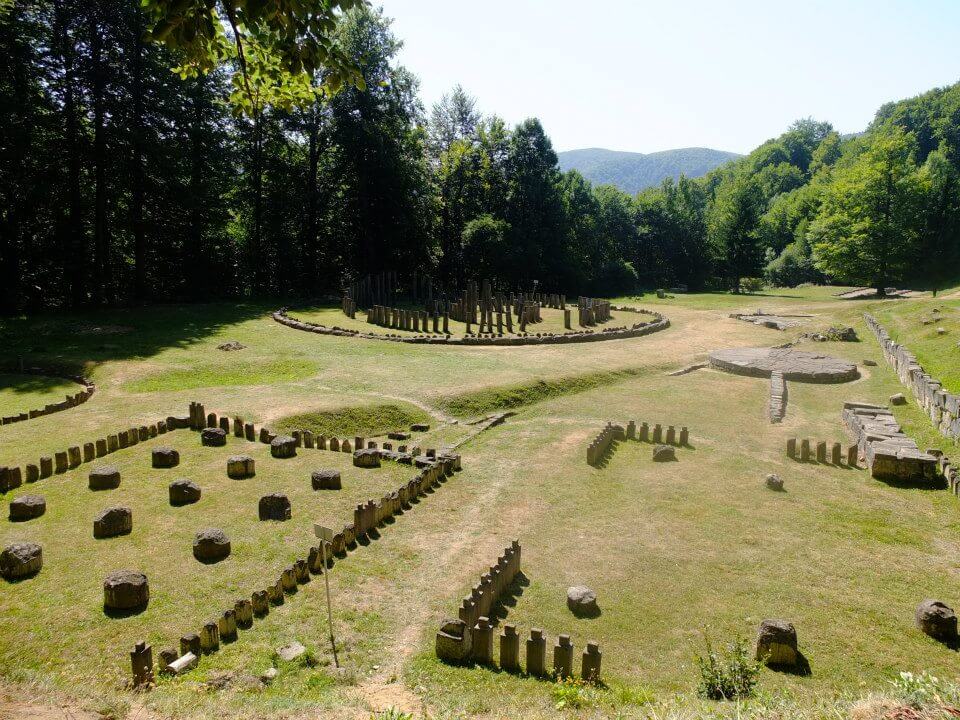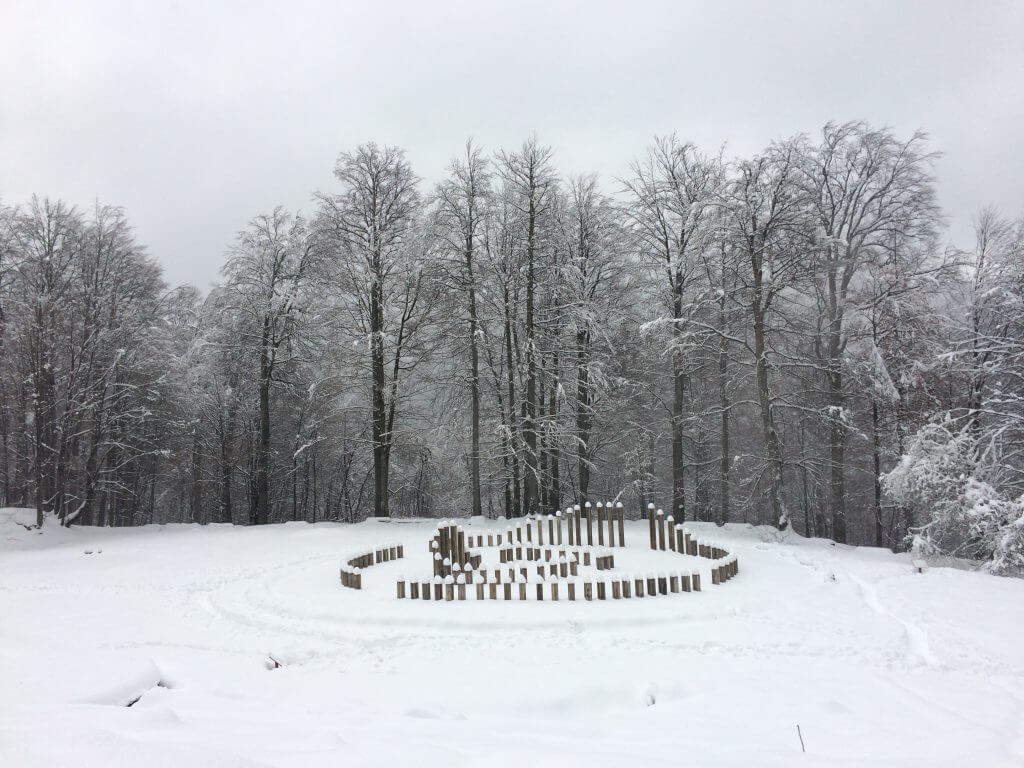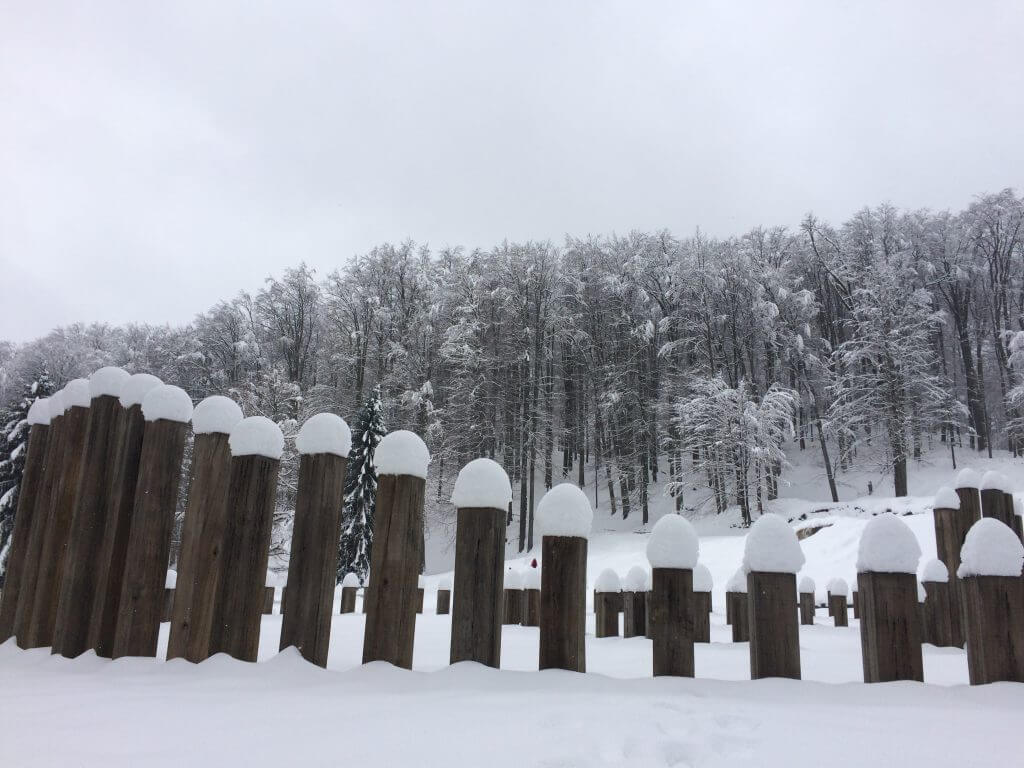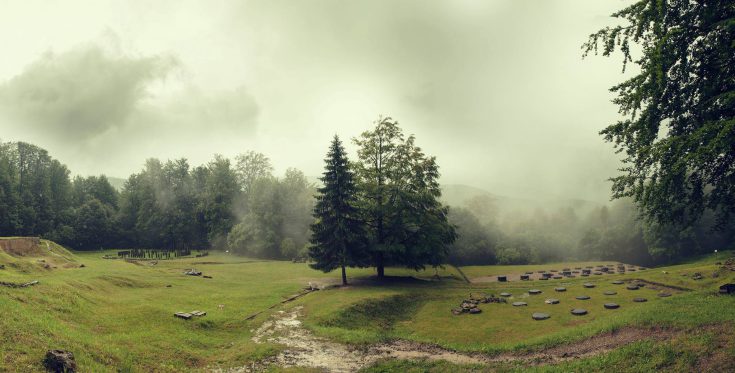In Dacia, just as in Tracia, the cult of Gods was performed in caves or in underground dwellings, as the one described by Herodot for Zamolxis, found on sacred mountains. For the previous era of Deceneus, in the southern mountains of Orăştie, there is the probability that the king was living in the Costeşti citadel, and the great priest was on the Kogaionon mountain (known today as the Grădişte Hill). After Burebista became „the greatest king of Tracia”, as it appears on the inscription in Dionysopolis, on the Sacred Mountain it is built a sacred dwelling where the Dacian Gods would be praised. In the vicinity of it, the bases of the political residence of the great king would have been put.

Comparatively analizing the information of Strabon from his paper work „Geografia”, and the „Getica” of goth Iordanes, we can see the mutations that occurred as a result of the adhibition of the internal political plan made by the king and the great priest. The Sacred Mountain, Kogaionon, which had several ocular functions, would become Sarmizegetusa Regia, an area in which Deceneus would receive the divine words, but also would be leading a school in which he would educate the Dacian leaders. Still here, Burebista would have built his politic residence which would last, as capital, until Decebalus’ period.

The two of them not only would have built a sacred dwelling wich is alike in funcions with any other dwellings from Samothrace, Delphi and Olympia, but also regarding to greeks: would bond politics with religion.
Outside the citadel and the greek cities, and the ones of Roman empire (Italy the most), for the period of II-I century BC and I AC, Sarmizegetusa Regia is the most important capital of an European state of that time.
Sarmizegetusa Regia is a new architectonic project, never seen before in Ancient Europe. Nowhere in the world there is a military, political and religious capital on a sacred mountain; nor the celts, german, scythians, bastarnians, pontics or the greeks.

Tourists can get to the great citadel by personal car on an asphalted road, starting from their hotel in Transylvania towards the Costești village in Hunedoara. Approximately 1 kilometer away from the citadel’s gate there is a parking lot where they can leave their cars and start a beautiful walk.


